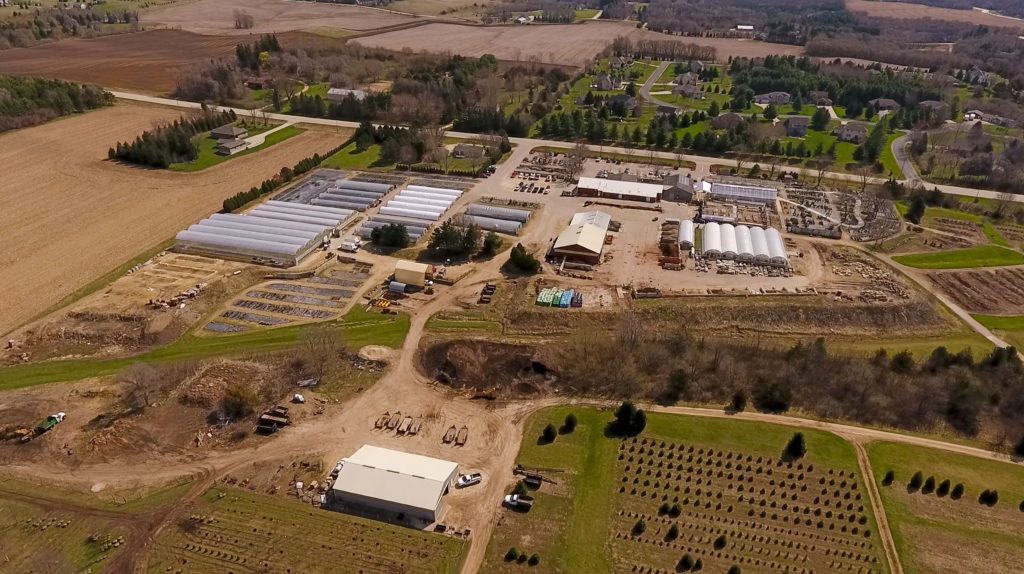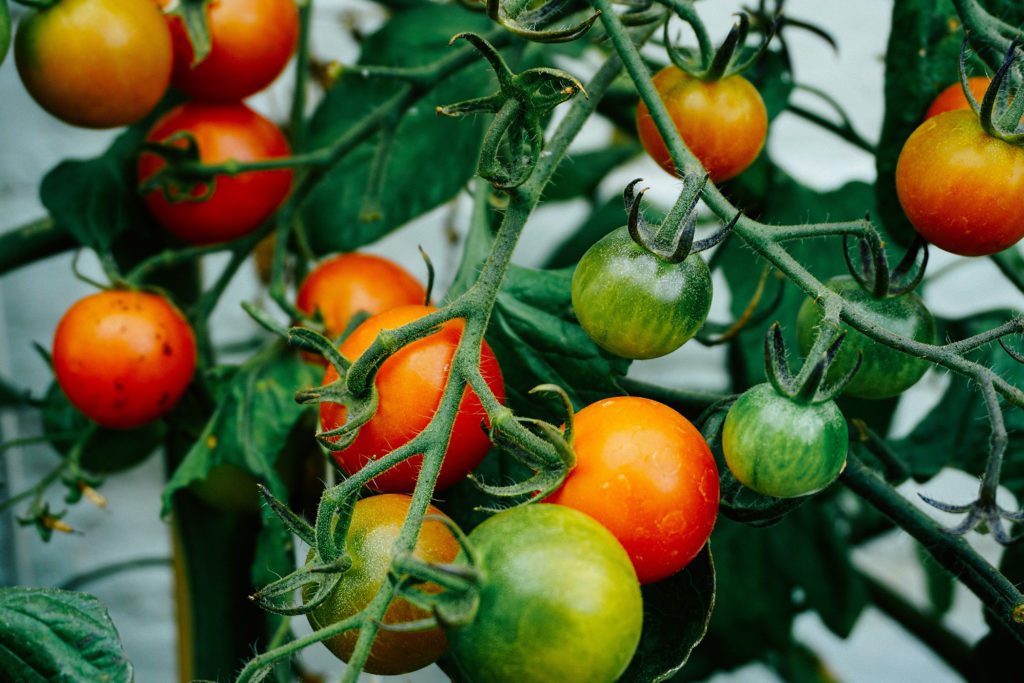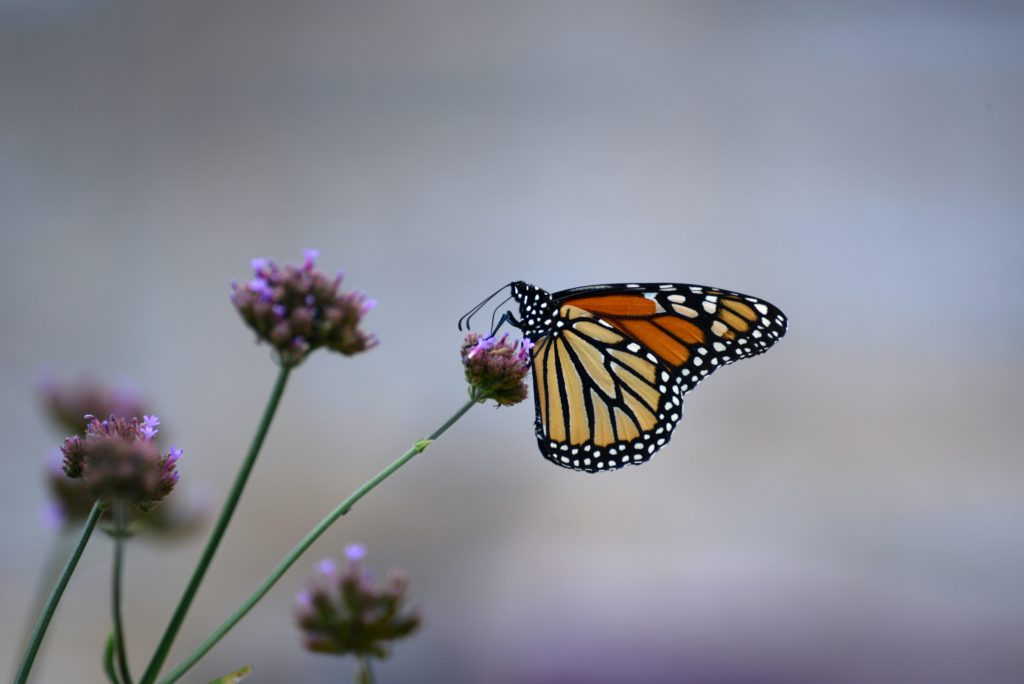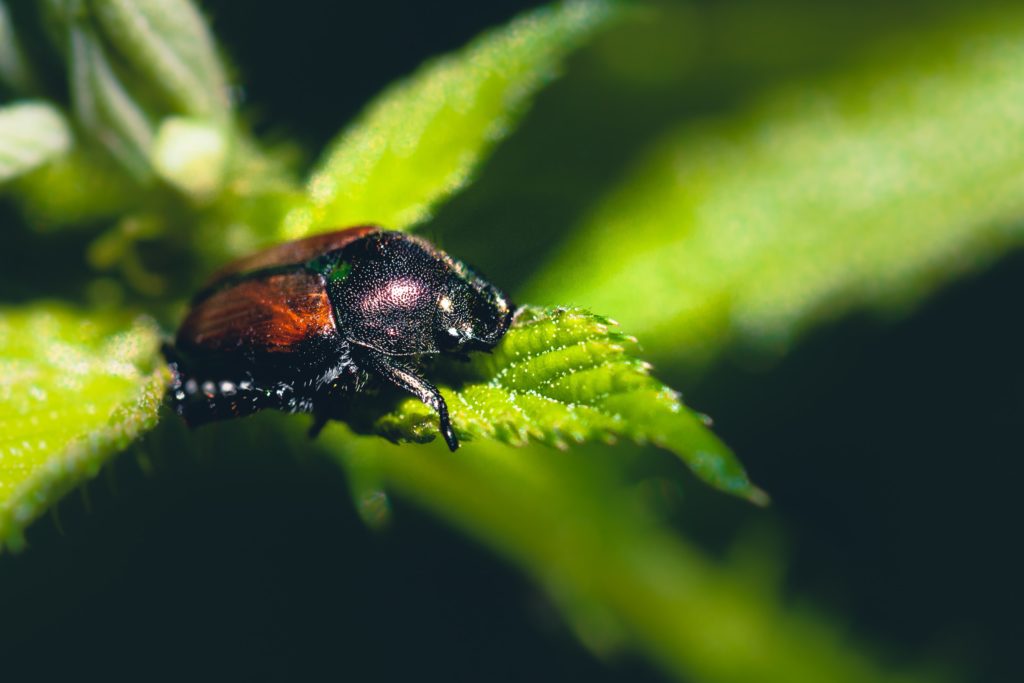A Pollinator Prairie: Part One
Of the original 18 million acres of prairie in Minnesota, less than 2% remains intact. These prairies provide critical habitats for pollinators and other animals, they sequester carbon in the fight against climate change, and they are necessary to sustain a balanced ecosystem that is equitable for all.
Sargent’s and Sustainability
At Sargent’s, sustainability has always been one of our key values. But what does sustainability look like? There is a popular philosophy in business known as the triple bottom line; people, planet, profit. Sustainability exists where these 3 priorities intersect. One cannot exist without the others. To be a sustainable company, you must consider all 3.
The Prairie Project
Our new native prairie project is one way that we are choosing to invest in our planet. We have designated 3 acres of our property to be returned to its natural state. With the help of Prairie Restoration, we will be removing the existing bromegrass and other non-native plants and seeding in native prairie grasses and flowering perennials. This habitat will help support honeybees, monarch butterflies, and other essential animals.
Step One: Restored by Fire
The first step in this project is a controlled burn to remove the existing vegetation. Admittedly, it feels strange to turn to something as destructive as fire in a project centered around restoration. But it’s important to acknowledge the vital role fire plays in our ecosystems. When fires occur on a regular basis, they burn relatively cool. This process allows the existing seed bank in the soil to re-populate and rejuvenate the area that has burned. In our case, the existing seed bank is full of undesirable, non-native plants. So, the next step is to over-seed the area with a cover crop. This cover crop will out-compete the non-native plants. Next spring this cover crop will be tilled under and a variety of native plants and grasses will be drill seeded into the soil.
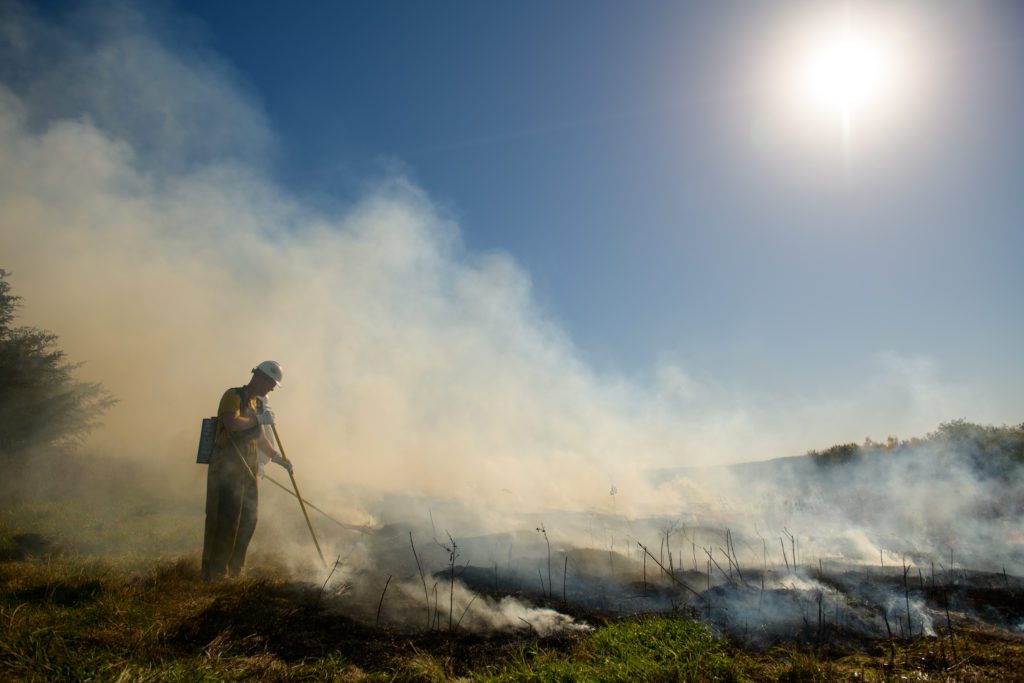
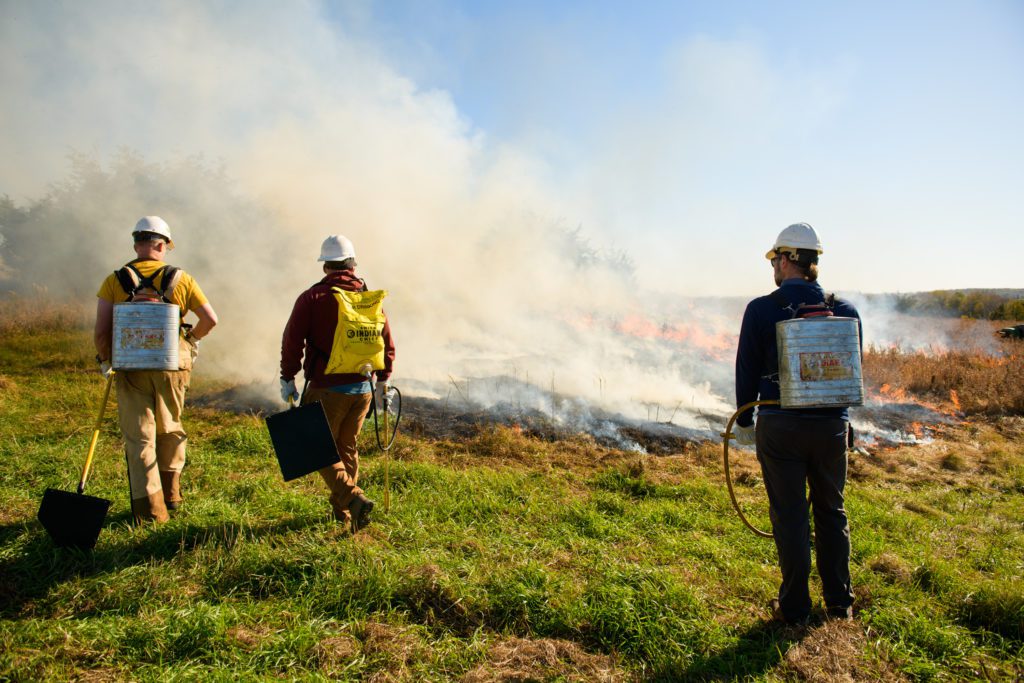
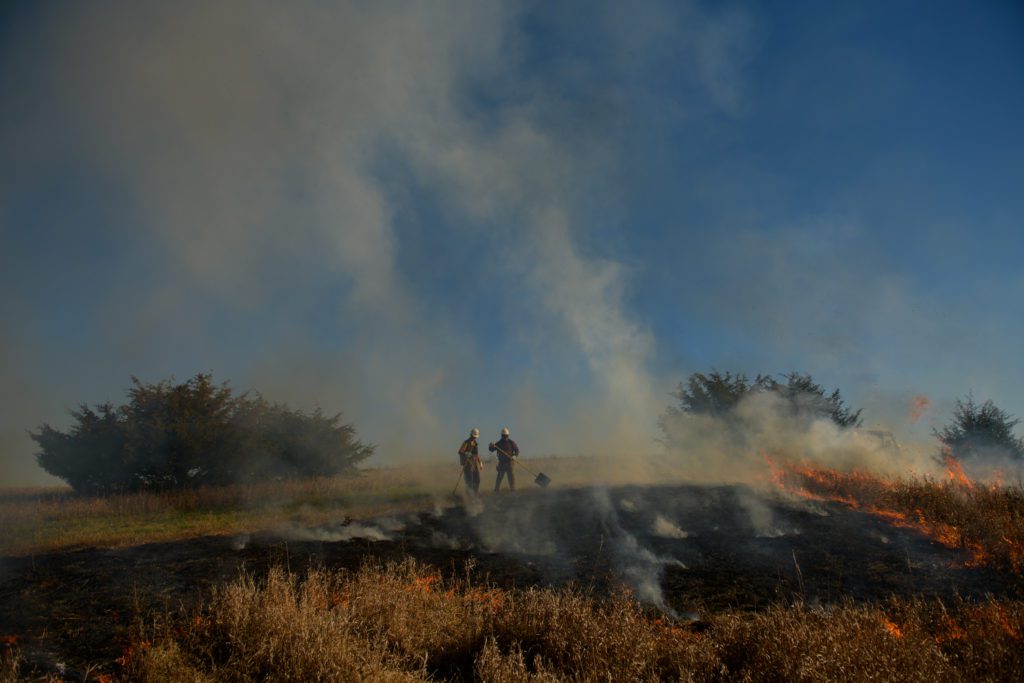
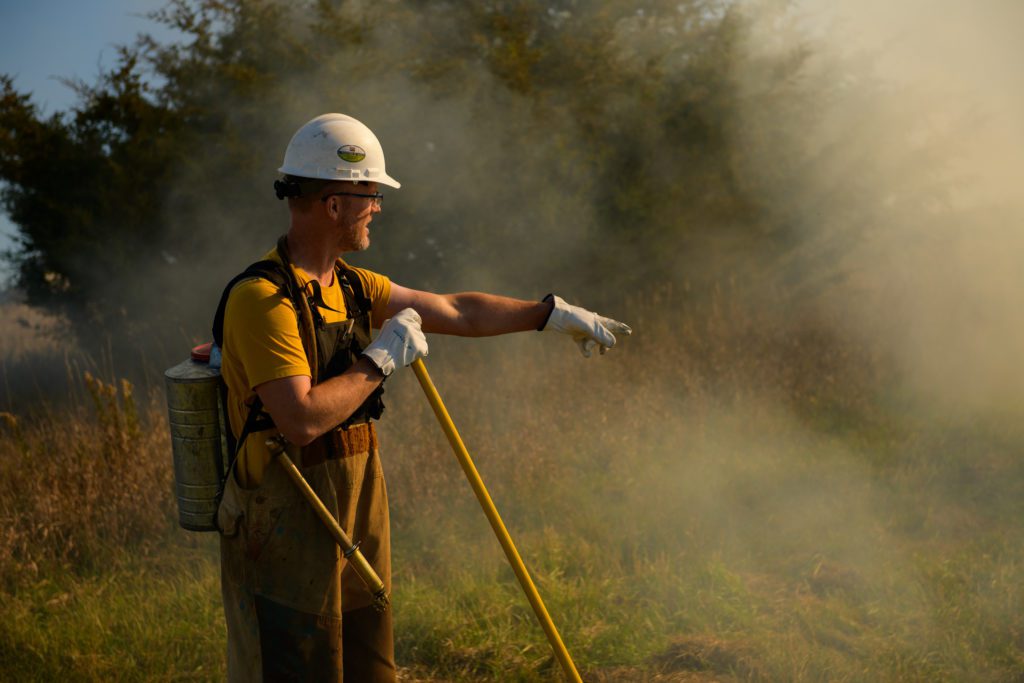
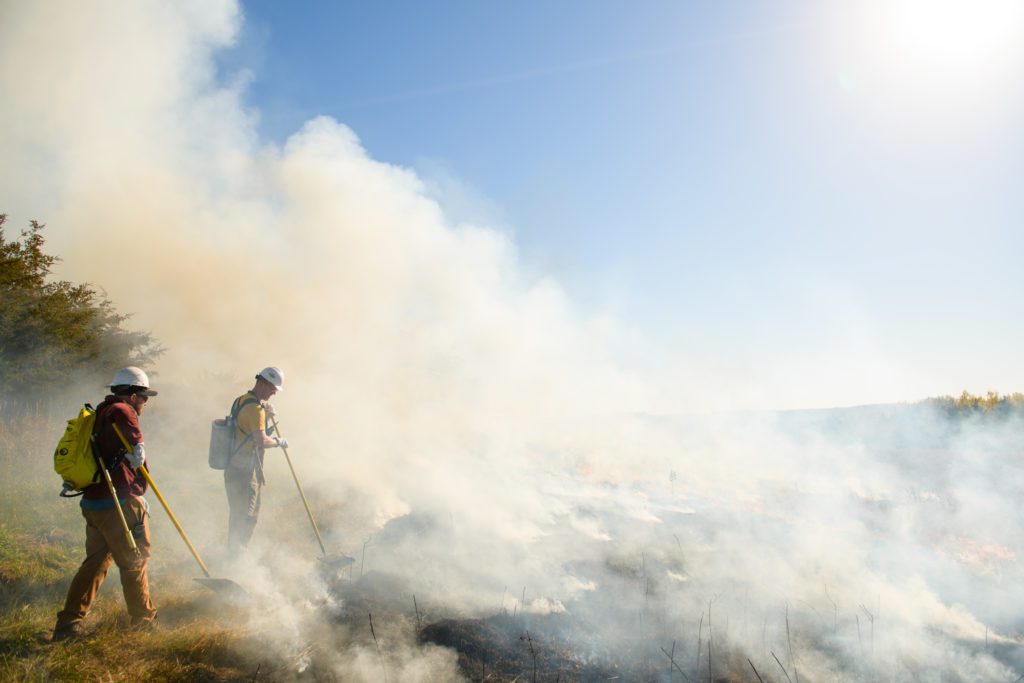
Looking Ahead
Although these 3 acers are small in the larger picture, they are not insignificant. As leaders in this industry, we are choosing to lead by example. We hope to encourage our customers and other independent garden centers to follow suit. This project will provide a framework for those who come after us. We offer a broad range of native, pollinator friendly plants in our retail locations. Not only are these varieties beneficial for the planet, but they are often more drought tolerant and look great in a modern, urban landscape. With small contributions from all, we can support pollinators, fight climate change, and beautify our community for the next generation.
Learn Something? Share it with your friends!

